The UX Operations Group North Star was to scale and streamline Design & Research processes, foster collaboration, and empower UXers to create impactful and innovative experiences.
The UX Operations Group North Star was to scale and streamline Design & Research processes, foster collaboration, and empower UXers to create impactful and innovative experiences.
COMPANY
COMPANY
OutSystems
OutSystems
ROLE
ROLE
UX Operations Manager
UX Operations Manager
SKILLS
SKILLS
Design Leadership & Management, Design Operations, Design Systems and Research Ops
Design Leadership & Management, Design Operations, Design Systems and Research Ops
THE SCOPE
THE SCOPE
As UX Ops Manager I led the UX and Design Ops Vision & Strategy, fostering the growth of the Design Ops practice for a 70+ person design and research team. Within the UX Ops group, I was also overseeing the Design System and Research Ops teams.
As UX Ops Manager I led the UX and Design Ops Vision & Strategy, fostering the growth of the Design Ops practice for a 70+ person design and research team. Within the UX Ops group, I was also overseeing the Design System and Research Ops teams.

LEADERSHIP CHALLENGE
The primary challenge was transforming a UX group rooted in engineering principles into a design team fully immersed in user experience. Additionally, my mission included enhancing overall processes and practices, elevating the maturity of this 70+ person design and research team to the next level.
My leadership challenge at OutSystems, particularly within the UX Ops group, was characterized by transformation, resilience, and a commitment to growth and excellence. Upon returning from maternity leave, I embarked on a journey to not only lead but also significantly develop the UX Ops area. This endeavor involved overseeing two teams, nurturing the growth of design leaders, and promoting a culture of collaboration and innovation. This team was quite eclectic, featuring eight designers with a variety of specialties such as interaction design, UX design, content design, research, and engineering.
The primary challenge was transforming a UX group rooted in engineering principles into a design team fully immersed in user experience. Additionally, my mission included enhancing overall processes and practices, elevating the maturity of this 70+ person design and research team to the next level.
My leadership challenge at OutSystems, particularly within the UX Ops group, was characterized by transformation, resilience, and a commitment to growth and excellence. Upon returning from maternity leave, I embarked on a journey to not only lead but also significantly develop the UX Ops area. This endeavor involved overseeing two teams, nurturing the growth of design leaders, and promoting a culture of collaboration and innovation. This team was quite eclectic, featuring eight designers with a variety of specialties such as interaction design, UX design, content design, research, and engineering.
KEY ACHIEVEMENTS












KEY ACHIEVEMENTS












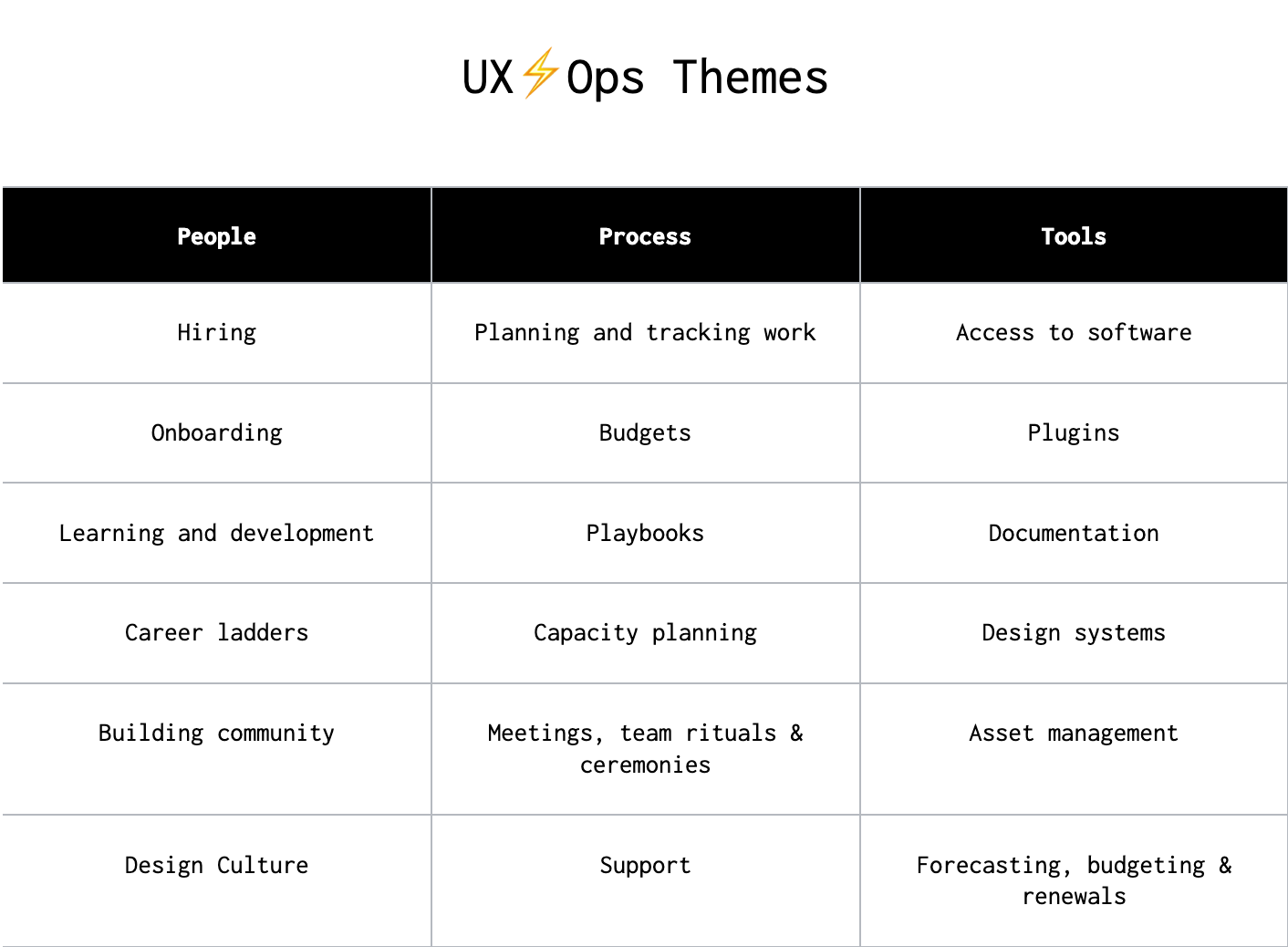
Overall, my experience as UX Ops Manager has been profoundly instructive, highlighting the importance of strategic leadership, effective communication, and a commitment to team empowerment and culture building in achieving sustainable impact within a dynamic organization like Outsystems.
STRATEGY AND ACTION
STRATEGY AND ACTION
As a UX Ops Manager, my leadership was grounded in promoting accountability and quality outcomes, empowering teams towards self-sufficiency and independence.
On the Design System Team, I championed an "invisible and dispensable" leadership style, coaching teams, especially the Design System team, towards independence, culminating in a comprehensive and mature design system—the most advanced Outsystems has implemented. Integrating a UX designer, interaction designer, content designer, and frontend developer (UX Engineer) into the Design System team significantly boosted our capabilities and quality of output. Supporting the Design System team lead minimally, I witnessed heightened ownership and motivation, emphasizing empowerment over directive leadership.
In a more transversal approach that would benefit the whole UX Group, I successfully negotiated resources for UX Ops initiatives, forming workgroups for projects like the Figma Ways of Working and Design Critiques Revamp, ensuring execution with excellence and timely delivery.
As a UX Ops Manager, my leadership was grounded in promoting accountability and quality outcomes, empowering teams towards self-sufficiency and independence.
On the Design System Team, I championed an "invisible and dispensable" leadership style, coaching teams, especially the Design System team, towards independence, culminating in a comprehensive and mature design system—the most advanced Outsystems has implemented. Integrating a UX designer, interaction designer, content designer, and frontend developer (UX Engineer) into the Design System team significantly boosted our capabilities and quality of output. Supporting the Design System team lead minimally, I witnessed heightened ownership and motivation, emphasizing empowerment over directive leadership.
In a more transversal approach that would benefit the whole UX Group, I successfully negotiated resources for UX Ops initiatives, forming workgroups for projects like the Figma Ways of Working and Design Critiques Revamp, ensuring execution with excellence and timely delivery.


Establishing Communities of Practice countered the existing directive leadership expectation by enabling groups led by designers to independently manage their activities. This initiative fostered autonomy, ownership, and enhanced collaboration.
Throughout the latter half of 2023, these four communities convened approximately 20 times each, engaging in a diverse array of activities from design discussions and exercises to webinars featuring external guests and public events. Witnessing the growth of these leaders and their teams in unison was an incredibly rewarding experience for me.
Establishing Communities of Practice countered the existing directive leadership expectation by enabling groups led by designers to independently manage their activities. This initiative fostered autonomy, ownership, and enhanced collaboration.
Throughout the latter half of 2023, these four communities convened approximately 20 times each, engaging in a diverse array of activities from design discussions and exercises to webinars featuring external guests and public events. Witnessing the growth of these leaders and their teams in unison was an incredibly rewarding experience for me.
In my tenure, strategic thinking was pivotal, focusing on aligning our actions with the team and organisational goals. I maintained a customer-oriented focus, understanding and meeting the diverse needs of colleagues and customers alike. This involved regular coordination with UX Managers and team leads, ensuring a comprehensive understanding of departmental needs. The User Research Program, run by the Research Ops team, served as tangible evidence of our dedication, with extensive efforts devoted to hiring, user management, and advancing research practices throughout the UX group. This effort led to extraordinary outcomes, culminating in 400 user sessions in 2023, which mirrored the impressive results achieved in 2022.
In my tenure, strategic thinking was pivotal, focusing on aligning our actions with the team and organisational goals. I maintained a customer-oriented focus, understanding and meeting the diverse needs of colleagues and customers alike. This involved regular coordination with UX Managers and team leads, ensuring a comprehensive understanding of departmental needs. The User Research Program, run by the Research Ops team, served as tangible evidence of our dedication, with extensive efforts devoted to hiring, user management, and advancing research practices throughout the UX group. This effort led to extraordinary outcomes, culminating in 400 user sessions in 2023, which mirrored the impressive results achieved in 2022.
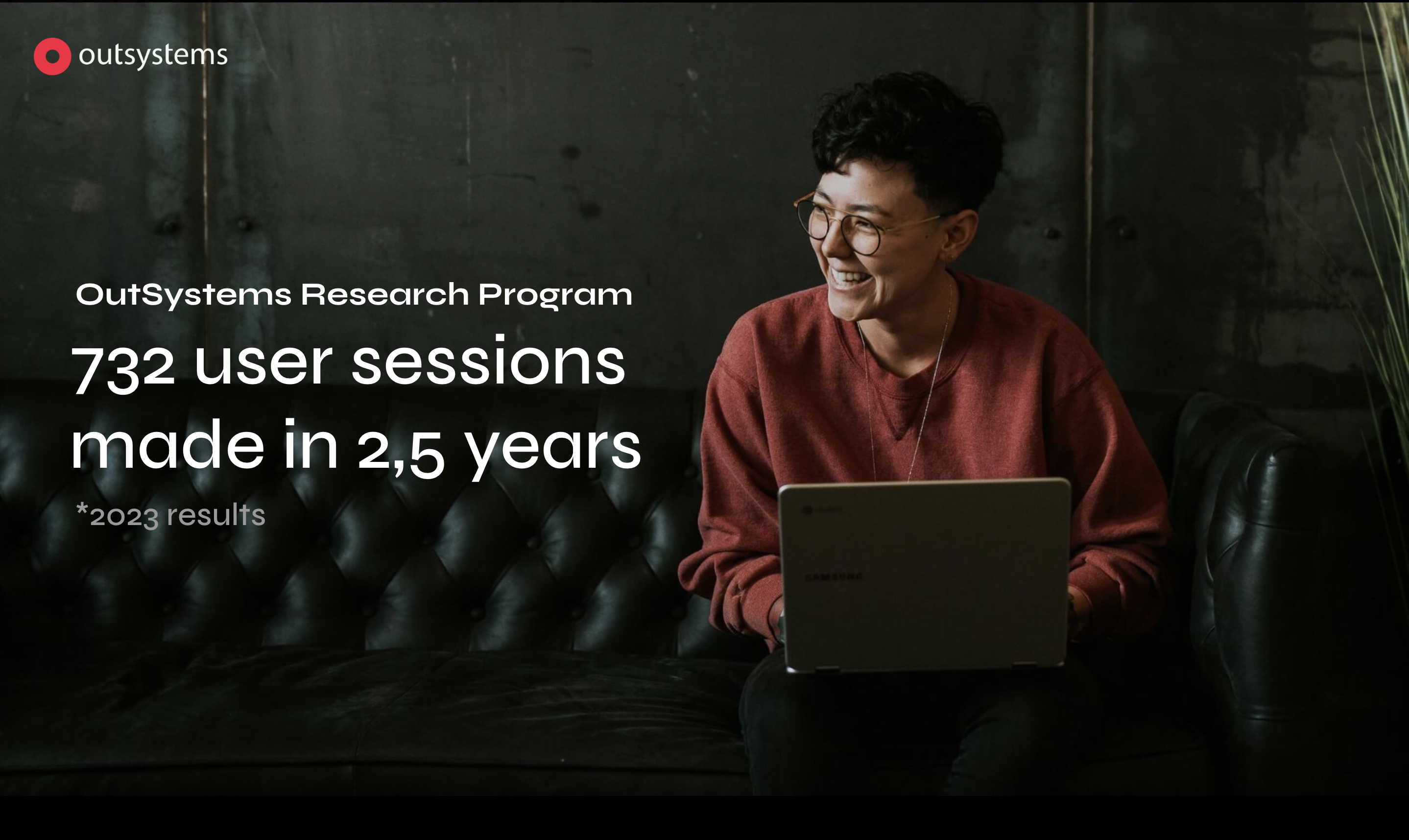

Through strategic planning, we developed a roadmap detailing UX Ops initiatives—excluding the design system and research ops scopes—outlining key initiatives and timelines. This roadmap, approved by senior management, guided our strategic direction. Acknowledging our dynamic environment, I ensured the roadmap was adaptable, reflecting the UX group's changing needs. This adaptability maximized our efforts' impact, keeping us aligned with the group's objectives.
PEOPLE AND TEAM MANAGEMENT
As the UX Ops Manager, my leadership journey was deeply rewarding, focusing on team development and fostering a culture of accountability and empowerment.
I prioritized individual growth through regular 1:1s, adapting my coaching to the unique needs and ambitions of each team member. This approach was instrumental in building a supportive and growth-oriented environment. A notable aspect was mentoring a new people manager. Together, we developed a tailored growth plan, leading to significant improvements in his leadership skills, including overcoming imposter syndrome and enhancing interpersonal connections. I worked closely with individuals, encouraging them to leverage their skills more broadly within the team, fostering a sense of ownership and contribution.
Managing the Research Ops team, especially during difficult periods, tested my ability to maintain team cohesion and productivity. Through dedicated effort, I was able to support team members, ensuring continuity in our projects.
A major success was guiding the Design System and Research Ops teams to operate independently, a testament to the effective leadership development and empowerment strategies I implemented. This autonomy marks a significant milestone in our team's maturity.
I ensured clear and consistent communication across different team levels, maintaining alignment and facilitating collaboration. This was crucial in addressing the dynamic needs of our projects and the UX group. My role also involved engaging UX designers and mainly Product Designers outside my immediate team to contribute to UX Ops, demonstrating my ability to motivate and integrate diverse perspectives into our projects, enhancing the quality and scope of our work.
Leveraging my experience, I played a key role in shifting the company's culture towards a more design-centric approach, balancing design and development priorities, and ensuring the recruitment of talented designers aligned with our vision.
IMPACT
LEARNINGS
LEARNINGS
As UX Ops Manager at Outsystems, my leadership significantly enhanced team dynamics, autonomy, and organizational culture. By focusing on personalized coaching, I developed leaders, boosting our collective problem-solving capabilities and output quality. Achieving self-sufficiency within the Design System and Research Ops teams demonstrated the effectiveness of empowering team members to make independent decisions, markedly improving our operational efficiency.
Establishing regular communication and fostering a collaborative environment ensured alignment with organizational goals, while the Communities of Practice initiative dismantled silos, promoting a culture of continuous learning and autonomy that enriched our UX culture.
As UX Ops Manager at Outsystems, my leadership significantly enhanced team dynamics, autonomy, and organizational culture. By focusing on personalized coaching, I developed leaders, boosting our collective problem-solving capabilities and output quality. Achieving self-sufficiency within the Design System and Research Ops teams demonstrated the effectiveness of empowering team members to make independent decisions, markedly improving our operational efficiency.
Establishing regular communication and fostering a collaborative environment ensured alignment with organisational goals, while the Communities of Practice initiative dismantled silos, promoting a culture of continuous learning and autonomy that enriched our UX culture.
Key learnings from my tenure include the critical importance of tailored coaching, the balance between guidance and autonomy, the need for adaptive leadership strategies, and the value of incorporating diverse perspectives into project teams. Moreover, driving the shift toward a design-centric organizational culture highlighted the complexities of cultural transformation, underscoring the need for strategic involvement in hiring and advocacy for design principles.
Reflecting on this experience, it's evident that strategic leadership, clear communication, and a commitment to team empowerment were central to achieving impactful results at OutSystems, providing invaluable insights into leading high-performing teams in a dynamic environment.
LEARNINGS
Key learnings from my tenure include the critical importance of tailored coaching, the balance between guidance and autonomy, the need for adaptive leadership strategies, and the value of incorporating diverse perspectives into project teams. Moreover, driving the shift toward a design-centric organizational culture highlighted the complexities of cultural transformation, underscoring the need for strategic involvement in hiring and advocacy for design principles.
Reflecting on this experience, it's evident that strategic leadership, clear communication, and a commitment to team empowerment were central to achieving impactful results at OutSystems, providing invaluable insights into leading high-performing teams in a dynamic environment.
SELECTED WORKS

UpholdProduct Design

OutsystemsDesign Leadership, Design Operations, Design Systems & Research Ops
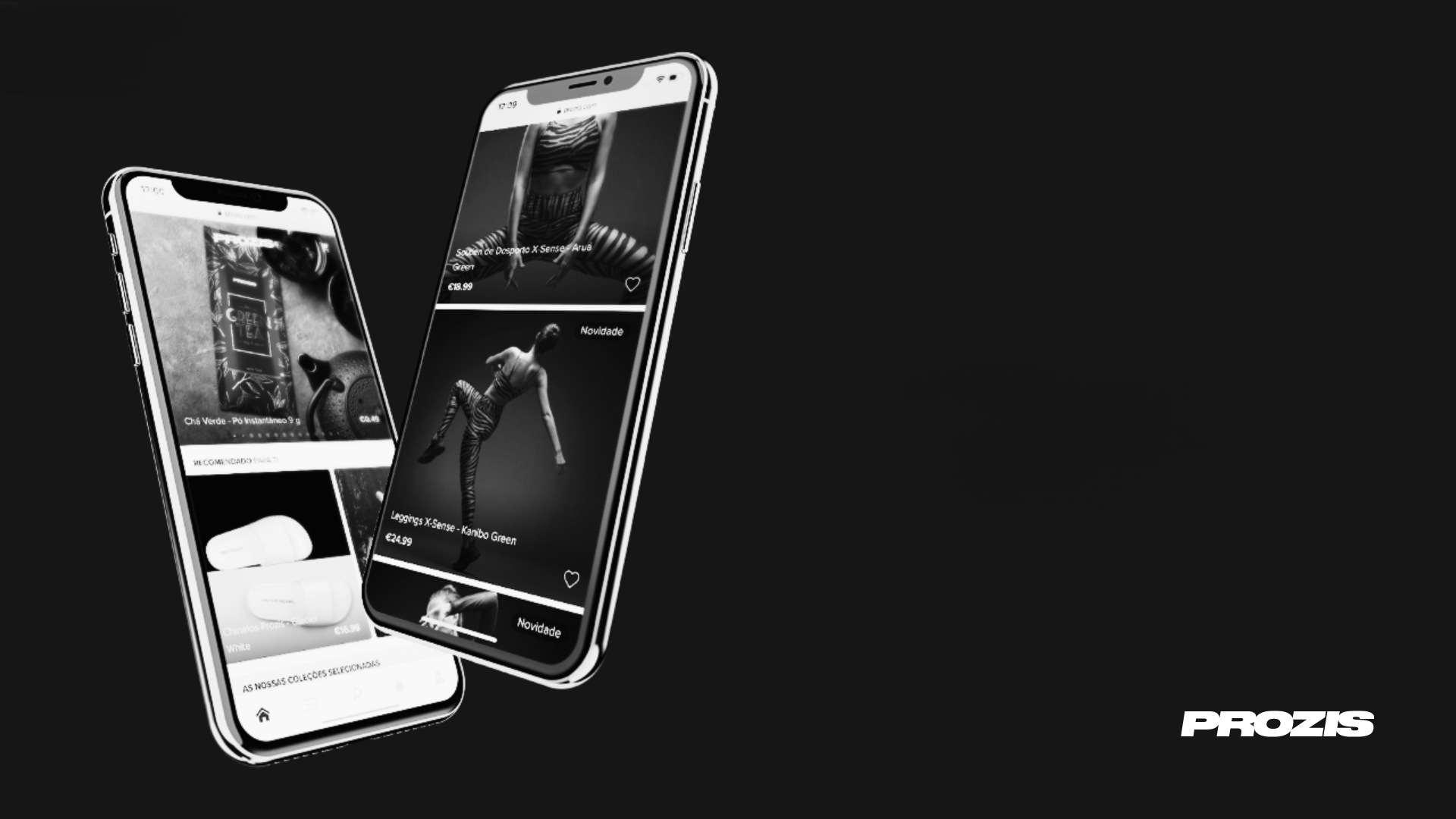
ProzisDesign Leadership, Product Design, Design Systems
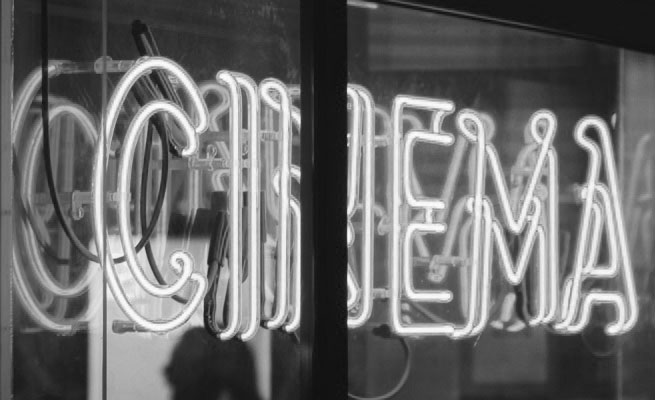
The Scene ClubAndroid App
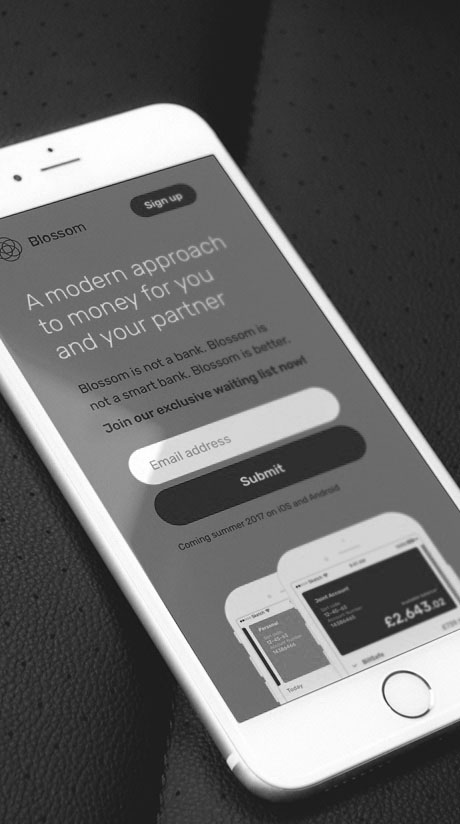
BlossomMobile App & Landing Page
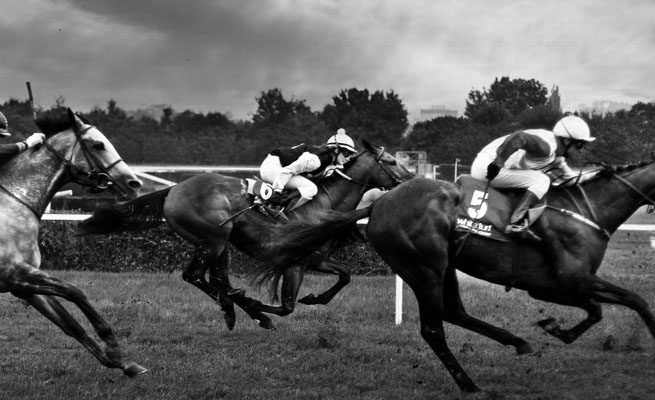
Betfair ExchangeWeb App
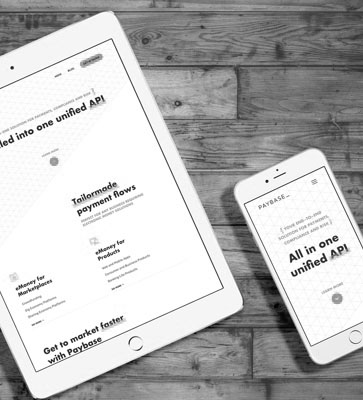
PaybaseWebsite & Branding

EY MobilityWeb App
Made with ❤️ by Sónia Gomes @2024
Made with ❤️ by Sónia Gomes @2024
Get in touch! 
